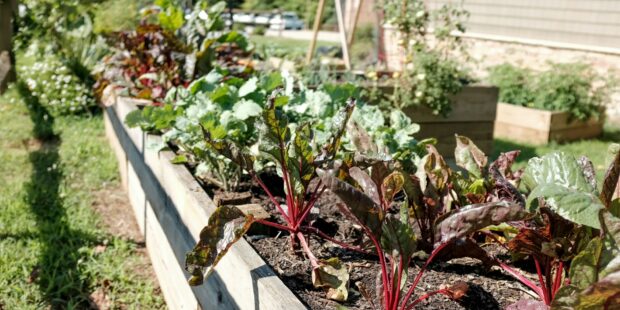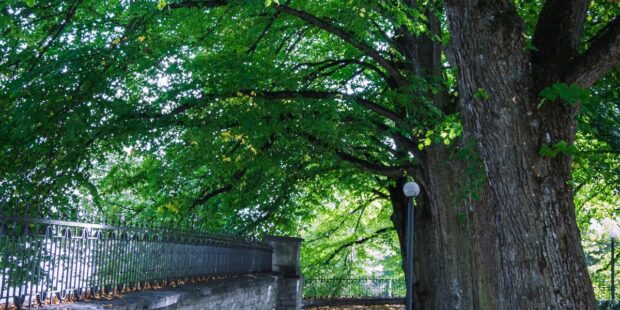Estonia’s national symbols also tell us something about the nature of the people
Text Mikko Virta Photos Mikko Virta, Priidu Saart, Arne Ader, Estonian Police and Border Guard Service
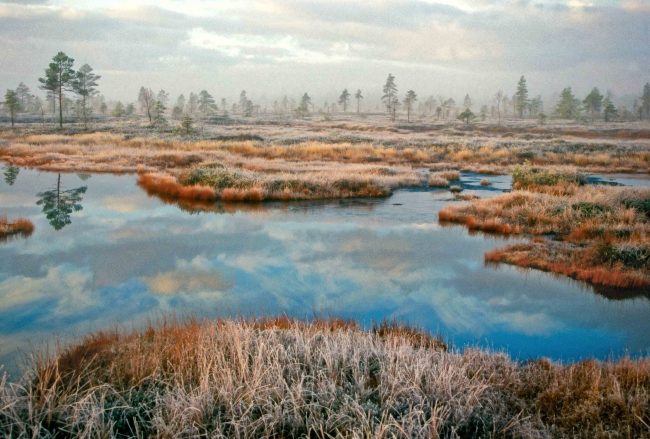 In a vote a few years ago, Estonians chose a bog as the most important symbol of Estonianness. Ahead of, among other things, the song festival and the blue-black-white flag. For many Estonians, swamps are a place of relaxation and silence. Suo on monille virolaisille rauhoittumisen ja hiljentymisen paikka.
In a vote a few years ago, Estonians chose a bog as the most important symbol of Estonianness. Ahead of, among other things, the song festival and the blue-black-white flag. For many Estonians, swamps are a place of relaxation and silence. Suo on monille virolaisille rauhoittumisen ja hiljentymisen paikka.
National animal – Wolf
The wolf has a special place in Estonian folklore. Although the wolf has been feared, it has also been valued and respected. So it’s no wonder that the wolf has more than 500 different names in Estonia. The wolf has been called by names including metsakutsu, kriimsilm and võsavillem.
The wolf does not arouse as many warm feelings in Estonia as it does, for example, in Finland. Estonians’ attitude towards the wolf can be described as neutral. Of course, wolves killing sheep and other domestic animals cause conflict situations.
The situation in wolf hunting is also different than in Finland. In Estonia, their hunting is allowed. Every year, from a few dozen to well over a hundred wolves are killed.
It was estimated that there were around 250 wolves in Estonia in 2021. For comparison, in Finland, which is seven times larger in area, the size of the wolf population is estimated to be around 300.
The wolf was chosen as Estonia’s national animal in 2018. The selection was made by a jury made up of twenty organisations and actors. In the reasons for the selection, it was stated that the wolf symbolises Estonia and Estonians well: it is a tenacious and intelligent survivor who defends his family.
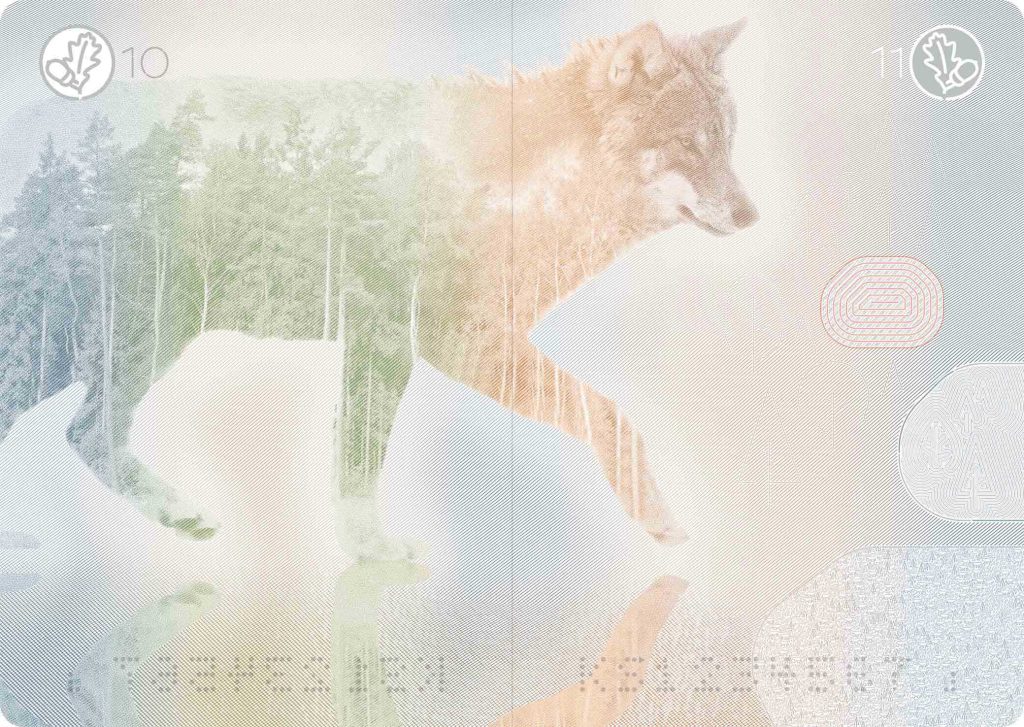

National bird – Barn swallow
The barn swallow was chosen as Estonia’s national bird in 1962. However, the national bird was only officially confirmed in 1988.
The barn swallow has been an important winged creature for Estonians. The small, lively bird that thrives near human settlements is familiar to many. The black and white swallow flying in the blue sky symbolises Estonianness and freedom. The significance of the swallow is also indicated by the fact that the national bird was on the Estonian five hundred kroner banknote.
In Estonian folklore, the barn swallow has been considered a bringer of good luck. According to belief, a swallow nesting in the garden brings good luck to the host family. The swallow’s song is so familiar to Estonians that there are no less than two thousand written descriptions of the swallow’s song in the archives of the Literature Museum.
Barn swallows are doing quite well in Estonia, the long-standing population decline has slowed down. It is estimated that there are around 150,000 pairs of barn swallows nesting in Estonia.
Barn swallows like to build their nests on barns and other buildings. So it’s no wonder that its name is the barn swallow. It is customary to leave the door of the barn or warehouse open so that the swallows feeding their chicks can get to their nests.
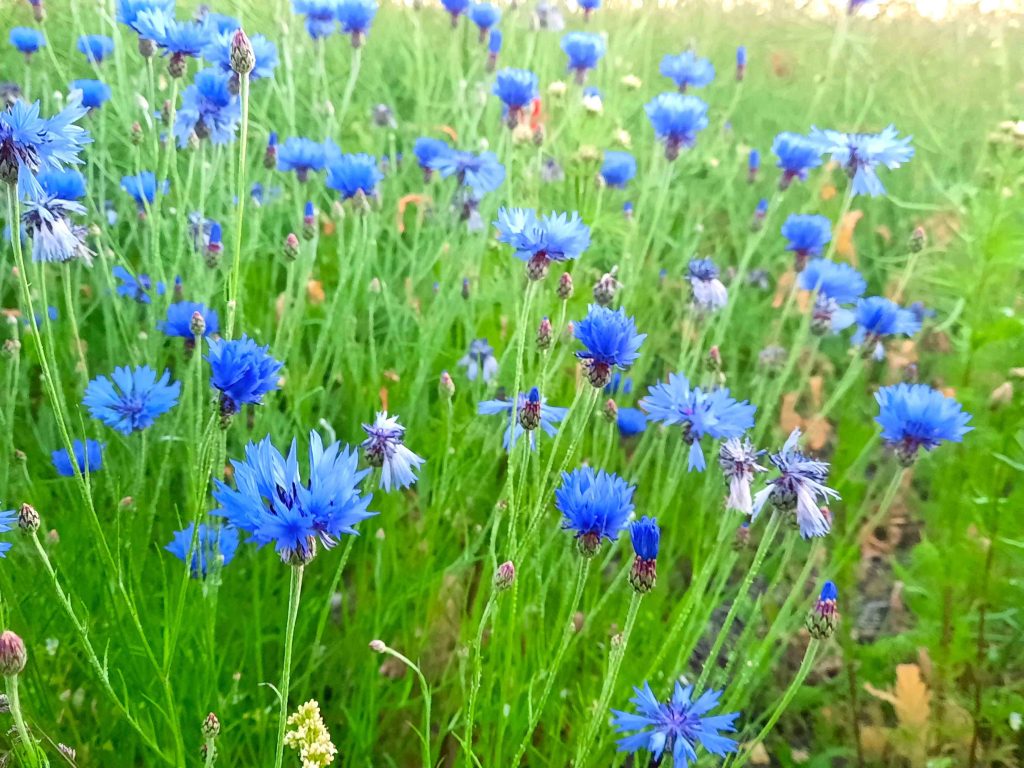
National flower – Cornflower
Along with the barn swallow, the most important symbols of Estonia include the cornflower. The blue national flower is a plant familiar to all Estonians.
Nowadays, you see cornflowers more and more rarely. For farmers, it is a weed that they try to control in fields with pesticides. Still, beautiful blue flowers can be seen in Estonia, especially in the countryside by the roadsides.
The importance of the national flower is also indicated by the fact that it is a common motif in jewellery, national costumes and dishes. The Estonian Olympic team has also sported cornflowers in their skiing outfits. And when the traditional song festival is celebrated in Tallinn, you can see women and children wearing wreaths made of cornflowers.
Estonians also use cornflowers in medicine. When soaked in water, it has been used, for example, to treat coughs. Bees also like cornflowers because of their high nectar content.
The cornflower was chosen as Estonia’s national flower in 1968.

National stone – Limestone
Limestone belongs to the Estonian urban landscape. For example, in Tallinn, limestone buildings are immediately encountered in the Rotermann quarter and in the old town. The stone has been used as a building material in, for example, stone foundations, walls, and towers. In the countryside, the landscape includes stone fences made of limestone. Estonian limestone can be found in many buildings in Helsinki as well.
The limestone cliffs of northern Estonia are Estonia’s national landscapes. The highest of them are located in Ontika in Ida-Virumaa, where they rise to 55 meters above sea level. The cliffs of Pakri and Türisalu are also beautiful. The limestone cliffs were also immortalised on the Estonian hundred krone banknote.
Estonia’s calcareous soil is the basis for the diversity of vegetation. Thanks to it, palms and other plant rarities grow on the ground. Western Estonia’s alvar heaths and leafy meadows are real plant paradises.
National fish – Herring
Herring is Estonia’s most popular edible fish and the country’s national fish since 2007. The pike, which many Estonians would rather have chosen as their national fish, had a hard fight for the title with the herring.
The familiar fish has many names including, jääräim, halakäim, kesaräim and sügismereräim. They all refer to herring fishing times. During herring fishing season in spring and autumn, herring can be bought directly from fishermen in, for example, the port of Pärnu. You should bring your own bucket.
In addition to the Gulf of Finland, herring is also caught in the Gulf of Livonia, where fishing has a long tradition. On the islands of Kihnu and Ruhnu, the profession of fisherman has passed from father to son. Herring is still one of the most important fish species in Estonia in terms of catch.
Herring is a part of the Estonian dinner table in, among other things, fried, marinated and smoked states. There are numerous recipes.
National butterfly – Swallowtail
The swallowtail butterfly was voted the national butterfly in 2017. In Estonian, the swallowtail butterfly is known as pääsusaba.
To learn more about this and similar topicsBarn Swallow Cornflower Estonian National Animal Estonian National Bird Estonian National Butterfly Estonian National Fish Estonian National Stone Symbols of Estonia

